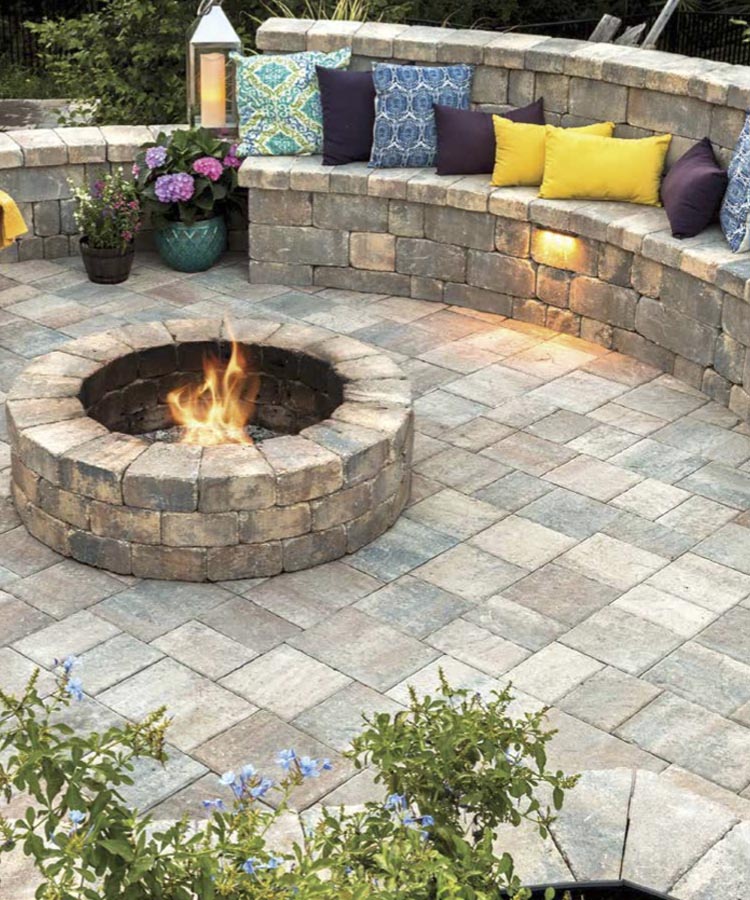Pavers vs. Concrete
Pavers vs. Concrete: Exploring the Cost-Effective Choice for Your Outdoor Space
Introduction
When it comes to transforming your outdoor space, the choice between pavers and concrete is often a critical decision. While concrete has been a traditional option for patios, driveways, and walkways, pavers have gained popularity in recent years due to their versatility and aesthetic appeal. But did you know that the cost of installing pavers is now not only comparable but sometimes even cheaper than concrete? In this article, we’ll delve into the factors that make pavers a cost-effective choice and why they might be the right option for your next outdoor project.
1. Material Costs
The cost of pavers has become increasingly competitive compared to concrete. Pavers are available in a wide range of materials, from natural stone to concrete and clay. With varying price points, you have the flexibility to choose a material that suits your budget. Concrete, on the other hand, requires costly materials such as cement, sand, and reinforcing bars, which can drive up the overall expenses.
2. Installation Ease
Installing pavers can be less labor-intensive than pouring concrete. Pavers are interlocking units, making installation simpler and quicker. This can translate into lower labor costs for installation, as less time is spent on the project. Concrete installation involves more complex processes, such as leveling, forming, and waiting for the concrete to cure, which can increase labor expenses.
3. Maintenance and Repairs
Pavers offer a cost advantage in terms of maintenance and repairs. If a paver becomes damaged, it can be replaced individually without disturbing the entire surface. Concrete repairs, on the other hand, can be more extensive and expensive, often requiring the removal and replacement of a larger section. The modular nature of pavers saves both time and money in the long run.
4. Longevity and Durability
While both pavers and concrete are durable options, pavers can have an edge in terms of longevity. Concrete slabs can crack over time due to shifting soil or freeze-thaw cycles, leading to repairs. Pavers are less prone to cracking, and even if they do crack, the damage is usually isolated to individual units. This means fewer repairs and replacements over the years.
5. Aesthetic Value
Pavers provide an array of design options, allowing you to create intricate patterns, colors, and textures that can mimic the look of more expensive materials. This aesthetic value can elevate the overall appearance of your outdoor space, adding value to your property without the need for costly investments.
6. Immediate Use
Pavers offer immediate use after installation, as they require no curing time. Concrete, on the other hand, needs time to set and cure, delaying your ability to enjoy the newly transformed space. This convenience factor is often overlooked but can be crucial, especially if you’re eager to use your outdoor area.
Conclusion
When considering the cost of installing pavers versus concrete, it’s clear that pavers now offer a cost-effective alternative that doesn’t compromise on quality or aesthetics. With lower material costs, easier installation, reduced maintenance expenses, and an array of design choices, pavers present a compelling case for being the smarter investment for your outdoor project. So, if you’re looking to create a beautiful and functional outdoor space without breaking the bank, pavers might just be the perfect choice for you.
